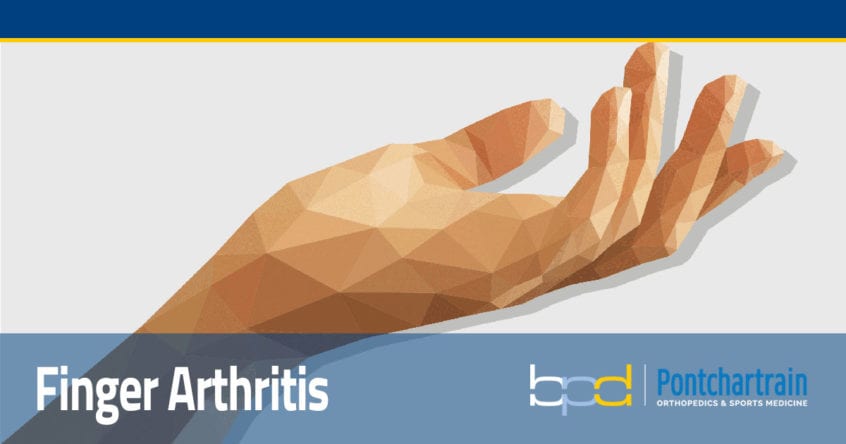What is Finger Arthritis?
Each of the fourteen finger joints play an important role in everyday movements like gripping, grabbing, and manipulating objects. Because of this, each is susceptible to disease or injury-related finger arthritis.
Osteoarthritis (OA) refers to the degeneration of the cartilage and bone of the fingers with age.
Rheumatoid arthritis (RA) is a disease in which the body’s immune system slowly destroys its own cartilage and bone. The finger joints are very commonly affected by RA.
Post-traumatic arthritis (Injury related arthritis) occurs when a fracture extends into the finger joint, damaging the cartilage and causing early onset arthritis.
How is finger Arthritis Diagnosed?
After a history and physical examination, X-rays are taken to evaluate the joints for arthritis or other injuries. MRI is rarely needed in the routine diagnoses of arthritis.
In cases of rheumatoid arthritis, or other autoimmune diseases (Lupus, psoriatic arthritis) blood work is obtained.
How is Finger Arthritis Treated?
Finger osteoarthritis may be treated using a combination of the following non-surgical treatment options:
- Bracing or splinting. Short term immobilization of the joint can decrease pain and inflammation.
- Nonsteroidal anti-inflammatory drugs (NSAIDs). Over-the-counter and prescription medications used to decrease inflammation and pain. These come in both pill, and topical forms.
- Fast acting medications are injected into the joint to help alleviate pain, swelling, and inflammation that does not respond to less invasive treatments.
- Activity Modifications. Altering activities or using adaptive devices can help ease the discomfort caused by arthritis.
Treatment of Rheumatoid Arthritis involves a multi-disciplinary approach. A rheumatologist is usually involved, and may prescribe medications to help control the rheumatoid disease.
When conservative treatments failed to resolve the symptoms, surgery may be recommended. As each finger joint performs a different function, surgical options are individualized to the particular finger and joint. These options can range from simple debridement of bone spurs, to joint replacements and even joint fusions.

